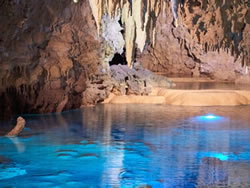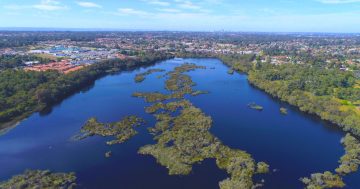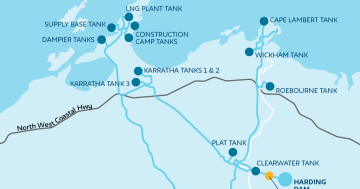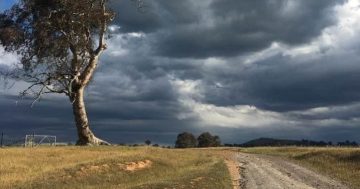 In a world-first study, Australian environmental scientists have revealed that the current level of rainfall-recharging groundwater in South West Western Australia is at its lowest for at least the past 800 years.
In a world-first study, Australian environmental scientists have revealed that the current level of rainfall-recharging groundwater in South West Western Australia is at its lowest for at least the past 800 years.
The scientists used cave stalagmites as a record of groundwater replenishment, indicating there had been a decline in rainfall recharge to groundwater over the past 20 years due to reduced rainfall.
Co-author of the study, Andy Baker of the School of Biological Earth and Environmental Sciences at the University of NSW, said the scientific development was achieved by using stalagmites and ceiling drip-water from caves located between the land surface and the groundwater table.
“The most compelling aspect of the study was watching this groundwater record evolve over the last few years as more and more stalagmite data was compiled,” Professor Baker said.
“This approach opens a new toolbox for using stalagmites to provide records of groundwater recharge in the past. The capability will allow us to better understand how to sustainably manage our groundwater resource in the future.”
The research was devised and led by Stacey Priestley, formerly of the Australian Nuclear Science and Technology Organisation (ANSTO) and the University of Adelaide, who is now with the Commonwealth Scientific and Research Organisation, and Pauline Treble, a senior research scientist at ANSTO.
Dr Treble said South West WA was dependent on groundwater to meet approximately 75 per cent of its water demand.
“The research highlights the vulnerability of this resource. As the current record only goes back 800 years, work will continue to extend it back further in time,” Dr Treble said
“We are now working towards extending the record to 10,000 years ago, to understand when groundwater was recharged and under what past climate scenarios this occurred.”
Further information about the groundwater in South West Western Australia can be accessed at this PS News link.








